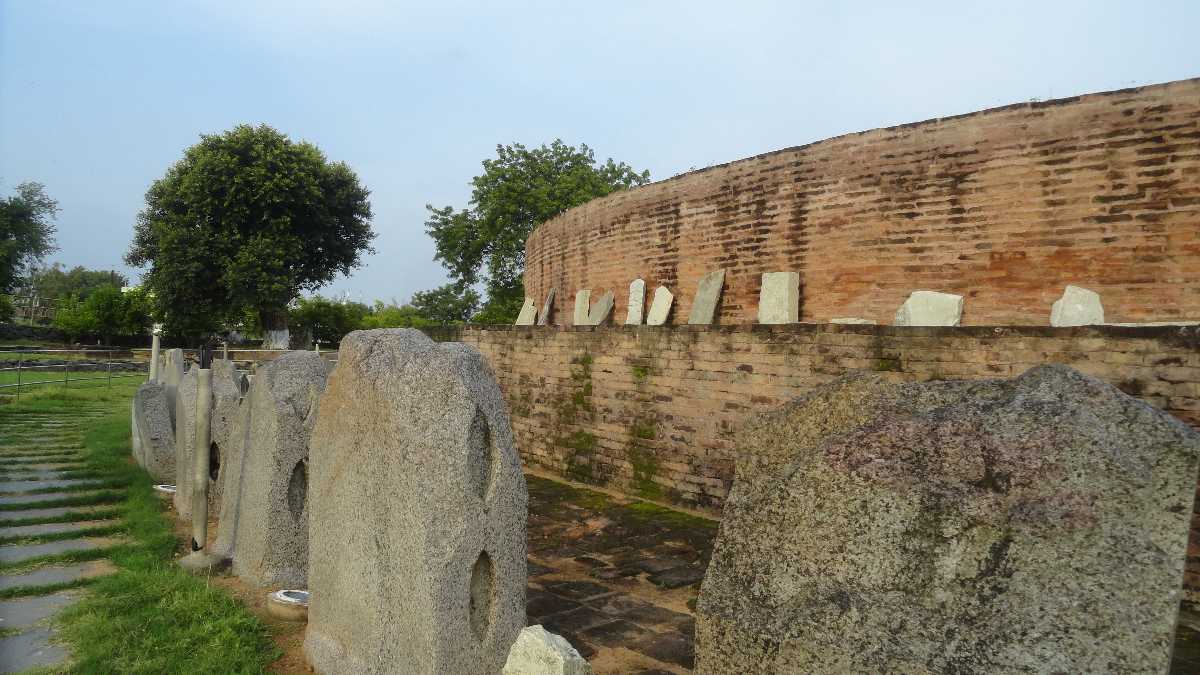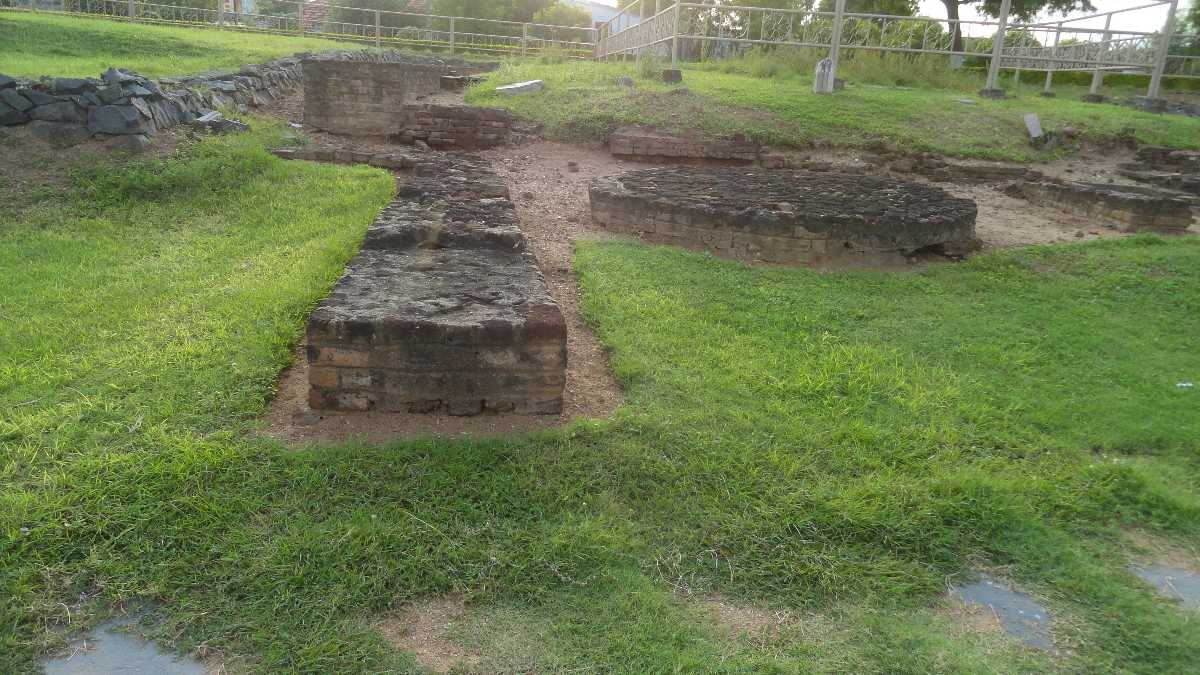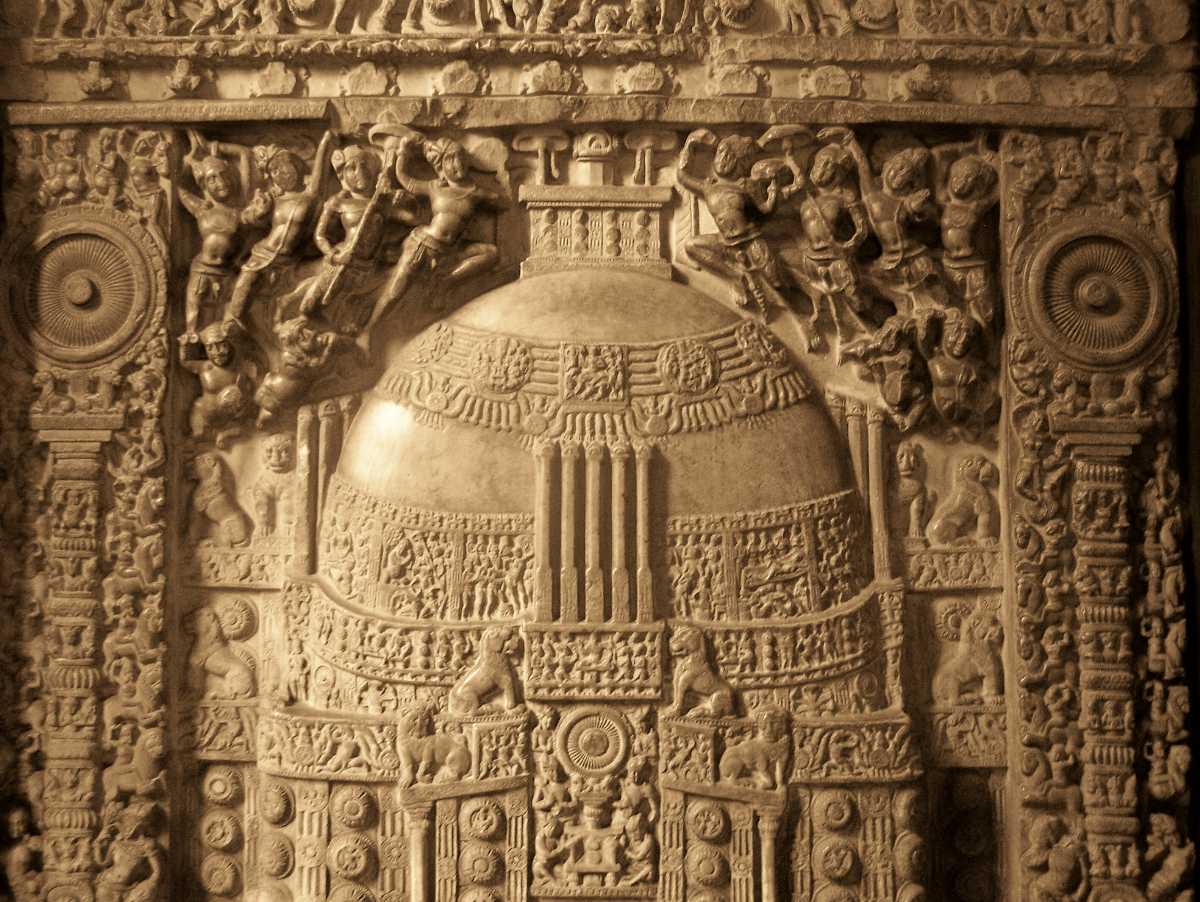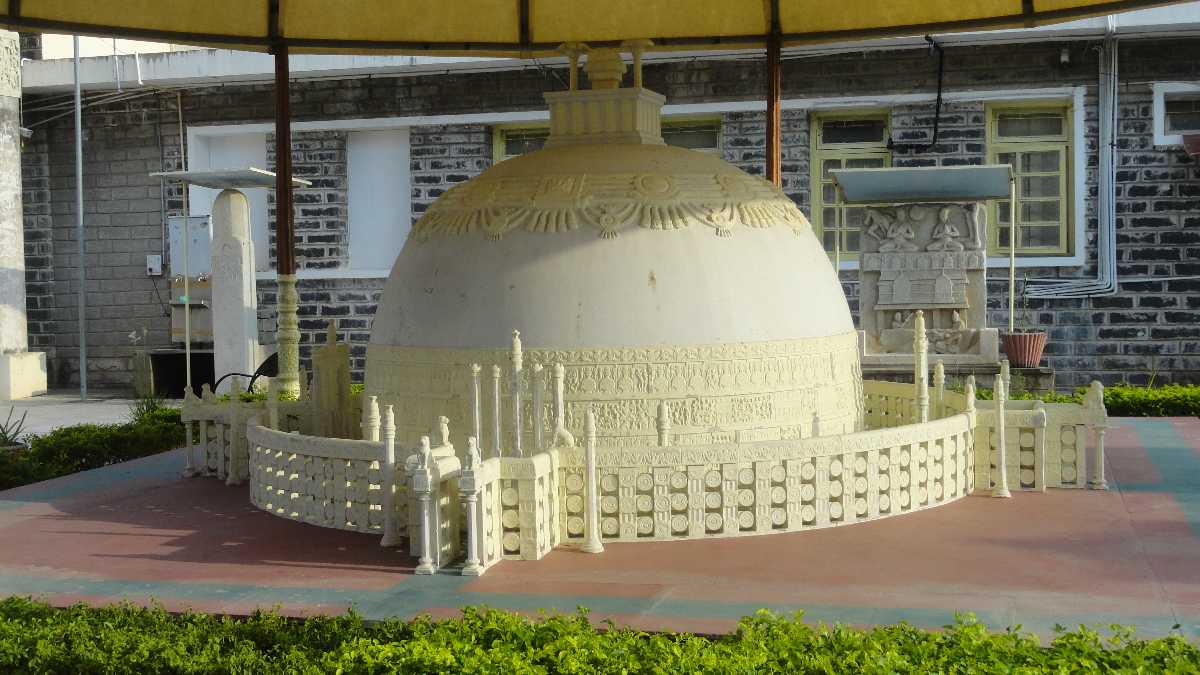Amaravati Stupa
Tags : Monument
Timings : 8:00 AM - 6:00 PM, Closed on Fridays
Time Required : 1 - 2 Hours
Entry Fee : Indians - INR 20, Foreigners - INR 250
Amaravati Stupa, Guntur Overview
Amaravati Stupa is a heritage monument, and ancient Buddhist stupa located in the Amaravathi. The memorial is currently under the protection of the Archaeological Survey of India. Popularly known as the Mahachaitya, Deepaladinne or the Great Stupa of Amaravati, this is among the largest stupas in India and one of the most visited sites in Amaravati.
Built in the phases between the 3rd century BCE and 250 CE, The premises also have an Archaeological Museum other than the stupa itself. Amaravathi Stupa built by a representative of Emperor Ashoka, the monument is constructed of brick and has a circular vedika which houses Lord Buddha in a human form seated over an elephant.
Read More on Amaravati Stupa
History of Amaravati Stupa

The stupa was constructed in two periods- in the first period, there were only plain railings, granite pillars, crossbars and coping stones. The latter period is believed to have lasted around 50 BCE and continued till 250 BCE.
Recovery of Amaravati Stupa

Architecture of Amaravti Stupa

Five pillars of the platform represent the five main events from the life of Lord Buddha- the birth, the great renunciation, enlightenment, the first sermon and the final extinction. These platforms also have some crystal and one Ivory casket which have bone-pieces, precious stones, pearls and gold flowers.
Design of Amaravathi Mahachaitya

